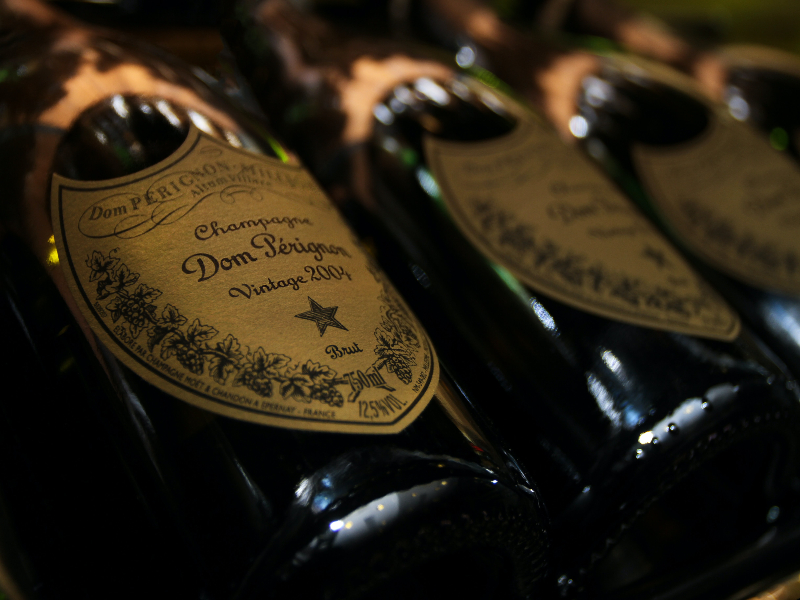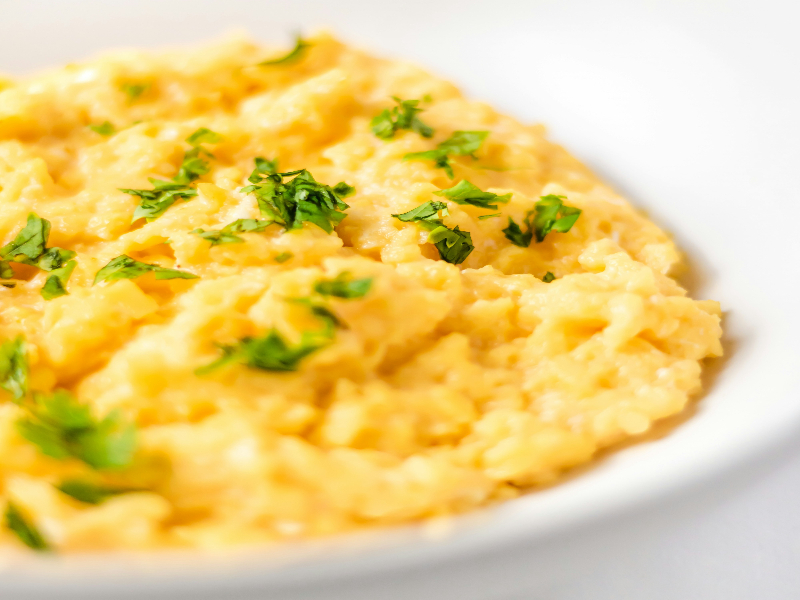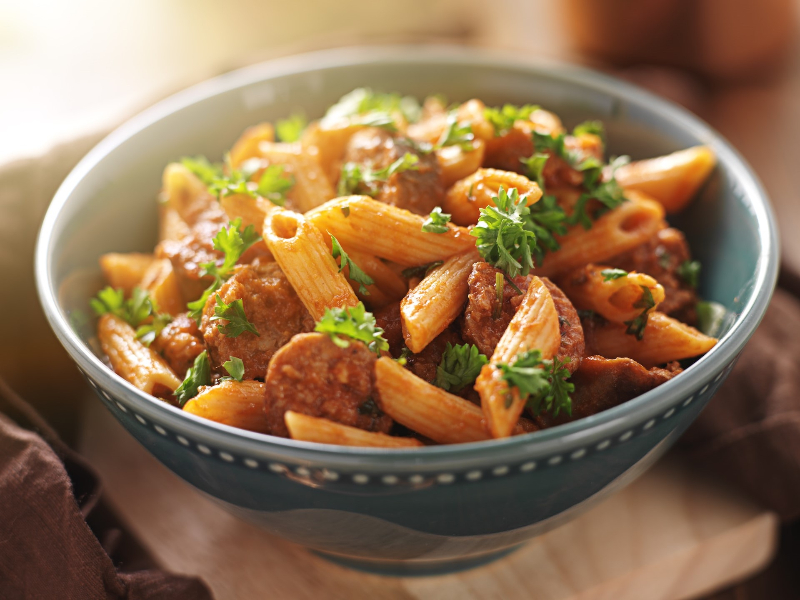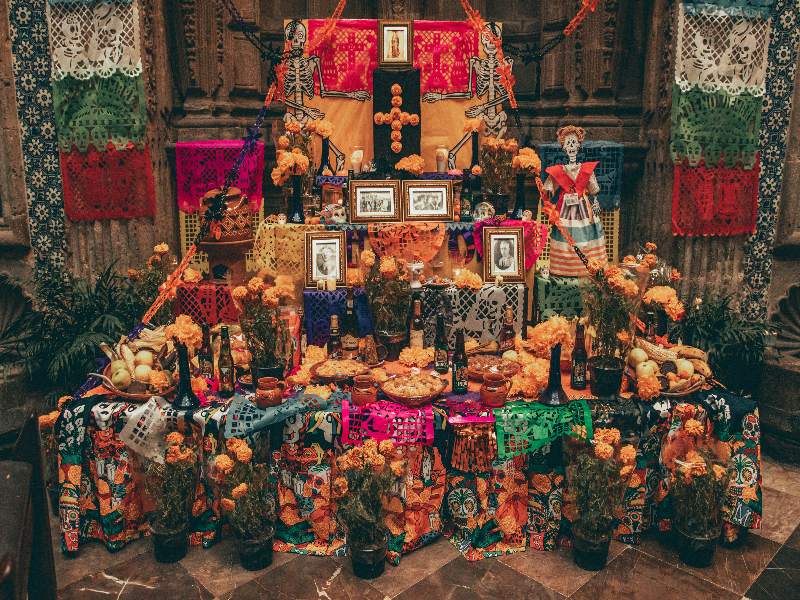
Thank you, Charles Valentine Riley
Did you raise a glass of the bubbly this holiday season? I’m talking about the real deal kind of bubbles – French Champagne.
Whether you did or didn’t, Champagne lovers owe a debt of gratitude, or really cheers and a clink of the flutes, to Charles Valentine Riley (1843-1895).
You’re probably thinking, who?
He’s the 19th century British-born American entomologist who in addition to studying bugs, saved the Champagne industry.
In 1863 France, the microscopic grape phylloxera aphid began feasting on and devouring the roots of French grapevines. Aside from the economic toll, the country’s soul and cultural identify were crushed; nearing the end of the 19th century, almost no vineyard was spared.
Looking more like graveyards than vineyards during the Great French Wine Blight, the beloved winemaking tradition was on the verge of extinction. Other European vineyards suffered, too.
There’s debate how the aphid made its way across the pond. American vines had been taken to Europe many times before for experimentation and trials in grafting, without considering the possibility of introducing pestilence. Another theory is the invention of steamships made a quicker journey across the ocean, allowing pests like the phylloxera to survive the trip.
Then the State of Missouri entomologist, Riley was following the devastation happening in France. His research confirmed the aphids as the source of the blight, as well as discovering American vines resistant to the phylloxera; he shared the results with French entomologists.
Two French wine growers, Gaston Bazille and Leo Lailman, proposed grafting the traditional French vines with American aphid-resistant rootstock as a way to solve the problem. French farmers were reluctant to abandon their traditional varieties but there were no other options.
In the late 1880s, more than 10 million phylloxera-resistant vines from Missouri and Texas were sent to France. Grafting was tested and successful. Some American grape varieties struggled in France’s chalky soil and succumbed to phylloxera. By trial and error, American vines were found that could tolerate and thrive in those soils.
Termed “reconstitution” of the many lost vineyards, the Champagne industry slowly recovered, then withstood two world wars to fully thrive thanks to American rootstock.
And what about Riley? In 1884, he received the French Grand Gold Medal and was named a Chevalier of the Legion of Honor.
Also a prolific writer, artist and visionary, Riley authored over 2,400 publications. His work in Missouri established him as one of the leading U.S. entomologists. He studied the 1873-1877 grasshopper plague affecting western states and convinced Congress to establish the United States Entomological Commission.
Riley was one of the first to practice biological pest control, introducing a beetle that was the natural enemy to a scale damaging the California citrus industry. After success in reducing the scale, he became known as the “Father of Biological Control.”
In 1876, he was elected a member to the American Philosophical Society. He was the entomologist to the U.S. Department of Agriculture. In 1885, he was appointed the first curator of insects for the Smithsonian Institution and would later donate his 100,000-piece insect specimen collection to them.
Classes
On January 30, there will be a wine tasting and charcuterie making class at the Sand-Reckoner Vineyards tasting room. Details are being finalized.
On February 23, kid chefs will have fun in the kitchen with Chef Devon Sanner and his daughter. Stayed tuned for the details.
The February and March offerings are a work in progress. Thank you for your patience. You can look forward to a honey tasting with Noel Patterson, a mole sauce class with Chef Juan Almanza, Desert Pearl mushrooms the star with Chef Brian Smith, Mexican wines and cheeses with Chef Carlotta Flores, plus many more.
News & Notes
On January 4, FireTruck Brewing Co.’s concept, FireTruck Pizza and tap room, opened at 800 N. Kolb Rd. From 3-5 p.m., Monday-Friday, the happy hour includes an 18-inch Margherita pizza and a pint of beer for $25.
The website Best Things Arizona listed Le Rendez-vous and Ghini’s French Caffe among the seven best French restaurants in the state.
The Century Room at the Hotel Congress, serving libations and live music, is now open daily from 6-11 p.m. with extended hours to 1 a.m. on Fridays and Saturdays. From January 13-22, it’ll be the epicenter of the Tucson Jazz Festival with concerts at 7 p.m. and 9 p.m. led by Mike LeDonne, Vincent Herring & Jeremy Pelt, Armen Donelian, Alex Weitz, and Emmet Cohen. The Hotel Congress Plaza stage will also have jazz performances during the festival’s run including ample late-night after-party jams.
On January 28, from 12-3 p.m. at the Tucson Botanical Gardens, 2150 N. Alvernon Way, the Savor Food & Wine Festival returns after a two-year hiatus. It features more than 70 chefs, wineries, breweries, local foods and restaurants highlighting and showcasing the diversity of the heritage foods and ingredients throughout the Southwest. Food and libation tastings are included in the $100 admission cost.
Wishing you joy in the kitchen,
Michele
Chicken in Champagne Sauce
Yield: 4 servings
3 ½- to 4 lb. chicken, cut into 8 pieces
½ teaspoon salt
½ teaspoon freshly ground black pepper
10 tablespoons unsalted butter
2 tablespoons olive oil
3 large shallots (about ⅓ cup), minced
1 ¼ cups brut Champagne
1 cup chicken stock or broth
1 cup crème fraîche
½ lb. mushrooms, quartered and sautéed
1. Pat chicken dry with paper towels. Season with salt and pepper.
2. In a large, heavy skillet, melt 4 tablespoons butter in olive oil over moderate heat. When the foam begins to subside, add the chicken and sauté, skin side down, until skin is golden brown and crispy, 15-18 minutes. Flip chicken and cook skin side up, until a thermometer inserted in thickest portion of chicken registers 160°F. Remove chicken and set aside.
3. Add shallots to the skillet, reduce heat to moderate-low and sauté, shaking the pan frequently, until just softened, about 1 minute. Add Champagne, mixture will immediately come to a simmer. Simmer over medium-high, stirring occasionally to loosen browned bits on bottom of skillet, until reduced by about half, 1-2 minutes. Add stock; cook, stirring occasionally, until mixture has reduced to about ⅔ cup and just barely coats back of a spoon, 4-6 minutes. Add mushrooms until heated through. Reduce heat to low; stir in crème fraîche until just melted, about 30 seconds. Remove from heat and add salt and pepper if needed, then serve.
Photo credit: Renato Marques on Unsplash





